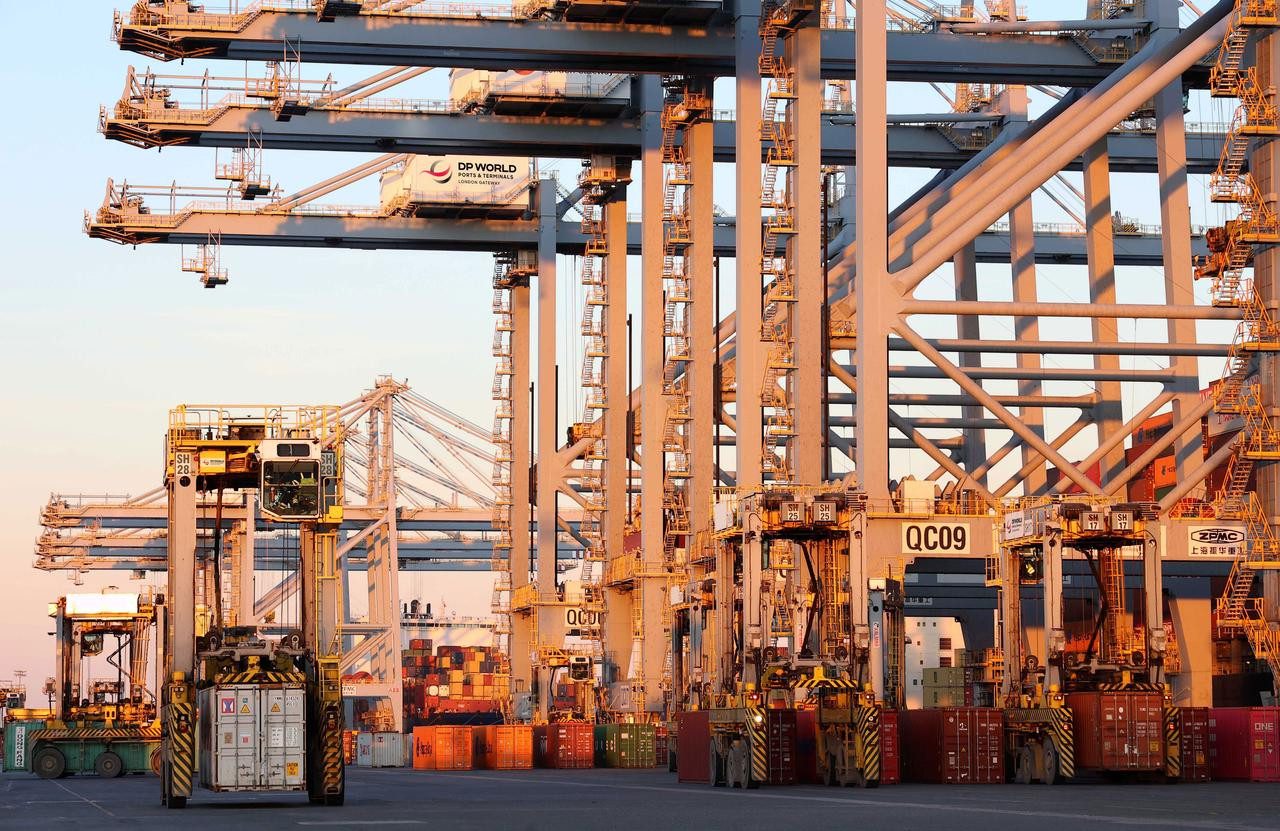The future USS Gerald R. Ford (CVN 78) underway on its own power for the first time for builder’s trials, April 8, 2017. U.S. Navy Photo
 By Mike Stone May 17 (Reuters) – Even if President Donald Trump’s promise of a 350 ship fleet is fulfilled, the U.S. Navy will still need to fundamentally change its fighting strategy and use more unmanned systems to keep pace with adversaries, according to Navy leadership.
By Mike Stone May 17 (Reuters) – Even if President Donald Trump’s promise of a 350 ship fleet is fulfilled, the U.S. Navy will still need to fundamentally change its fighting strategy and use more unmanned systems to keep pace with adversaries, according to Navy leadership.
“We’re on the dawn of something very substantial in terms of naval warfare. Something as substantial as the transition from sail to steam,” the Navy’s Chief of Naval Operations Admiral John Richardson told reporters by phone this week.
During the U.S. presidential campaign Trump made repeated calls to expand the current 275 ship fleet to 350, but several independent studies examining the Navy found the need to adopt unmanned systems as well as build a larger fleet of conventional warships.
The cost of building and operating a fleet of 355 ships would average $102 billion per year through 2047, according to a report published in April by the Congressional Budget Office. This is about one-third more than the Navy’s current annual budget.
In order to keep pace with Russia and China, the Navy’s top officer said in a report released on Wednesday, “the Navy must also incorporate new technologies and operational concepts” including autonomy and machine learning into the fleet.
To meet the challenge of more automated or unmanned forces, the Navy has been examining Extra Large Unmanned Undersea Vehicles (XLUUV) to conduct “dull, dirty, dangerous, and distant” operations. Boeing Co, Lockheed Martin Corp and General Dynamics are working on the program.
The Navy is also examining a Carrier Based Aerial Refueling System, MQ-25, to refuel aircraft aloft as well as conduct surveillance. Boeing, General Atomics, Lockheed Martin and Northrop Grumman Corp are working on concepts to try to solve this future Navy need.
Funding and building hundreds of ships over decades will be a challenge for industry. Richardson said the cost is more than the Navy can currently afford, but Trump has proposed increasing military spending. (Reporting by Mike Stone in Washington; Editing by Phil Berlowitz)
(c) Copyright Thomson Reuters 2017.

 Join The Club
Join The Club











